
Skin lumps are one of the most common conditions that Veterinarians are faced with on a day to day basis.
A general approach to lumps is to determine whether there is a malignancy or if they are benign – is it ‘black or white’. The very big problem that health professionals are faced with is that most of them are ‘grey’.
It is for this reason that often it is recommended to have these lumps evaluated and rather be over cautious than ignore the problem until it really does become a problem. Evaluation of the skin lumps may firstly entail doing what is known as a Fine Needle Aspirate. This is a technique which involves sticking in a large type needle through the centre of the lump after it has been surgically prepared (shaved and disinfected) and using a larger syringe to apply negative pressure (sucking up hard with the syringe) to try and obtain at least enough material from the lump to place on a slide, smear the content in a thin layer, stain it and have it evaluated under microscope. The unfortunate problem with this technique is that it is only 50% accurate since the slide may be non diagnostic if the tissue is too dense and cannot pick up an adequate sample from the lump.
The next option is to take a biopsy of the lump which means removing a piece of tissue from the lump surgically and send it off to the pathologist for evaluation. Once the result is obtained, it may be more scientifically determined which course of medical intervention would be best.
The next option is to surgically remove the whole lump and send it in for evaluation to determine the prognosis of full recovery. Often this latter option is the most preferred as it will remove the whole lump and pathology will give a definite answer. To do a biopsy will usually require a general anaesthetic, and if you are going to that extent, you may as well remove the whole thing then rather than have to operate a second time. There are exceptions though when it is actually advised against to remove the lump before doing a biopsy first to determine what you are dealing with and this is something that only experienced professionals are sometimes able to determine.
My approach to evaluate lumps involves a careful history and clinical examination of the lumps. It is essential to find out:
There are no easy answers to deciding when a lump should be investigated or removed. The above points should help you decide when it is time to act though. Be prepared in some cases to have to spend money to find out, but don’t resent the Veterinarian if the result comes up with something benign. If you trust your Veterinarian, you will know he/she has merely acted out of concern and in your pet’s, a valued family member’s, best interest.
There are so many different types and causes of lumps to mention them but here are a few that are more commonly encountered in practice.
Sebaceous cysts, Hair follicle cysts, Folliculitis (looks like measle bumps with fur falling out over the bumps), common wart, Sebaceous hyperkeratosis (look like raised pink pimples of different sizes and have creases in them that looks like cookie dough), Epulis (nodular growths in the oral cavity)
Mast Cell tumours, Basal cell tumours, skin or lymph gland lymphomas, melanomas
I hope this gives some general insight whether to remove or observe skin lumps.
Martin Slome DVM
Centre Street Animal Hospital
7700 Bathurst Street
Units 40-42
Thornhill, On.
L4J 7Y3
Tel: (905) 771-9855
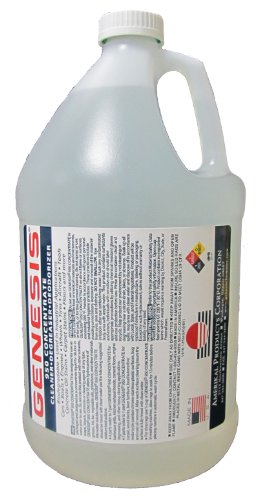 Puppy Potty Training Carpet Cleaning Tips
Puppy Potty Training Carpet Cleaning Tips
 Dogs :: Four Basic Commands That Your Dog Need to Learn (Page 1 of 2)
Dogs :: Four Basic Commands That Your Dog Need to Learn (Page 1 of 2)
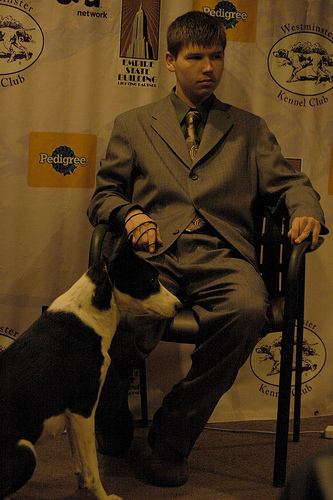 Junior Handler Shows Canaan Dog with Seizure Alert Skill - Westminster 2010
Junior Handler Shows Canaan Dog with Seizure Alert Skill - Westminster 2010
 Pettiquette: The Art of Responsible Dog Walking
Pettiquette: The Art of Responsible Dog Walking
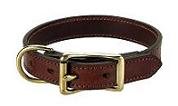 English Bridle Leather Dog Collars
English Bridle Leather Dog Collars
 How To Improve The Smell Of Your Dogs Breath
How To Improve The Smell Of Your Dogs Breath
 Disadvantages And Advantages Of Dog Boarding Solutions Online
When you possess a pet dog, each day could feel like a vaca
Disadvantages And Advantages Of Dog Boarding Solutions Online
When you possess a pet dog, each day could feel like a vaca
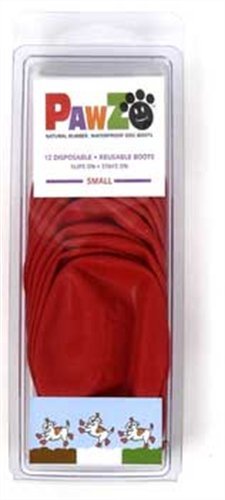 How to Winter Proof Your Dogs Paws
Two Products That Will Do Wonders For Mans Bes
How to Winter Proof Your Dogs Paws
Two Products That Will Do Wonders For Mans Bes
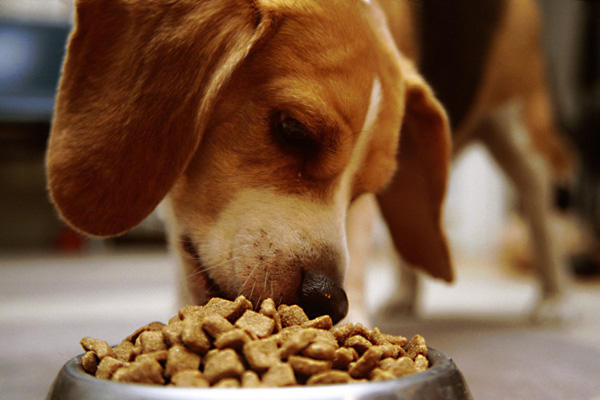 Pet Dog Supplies - To Keep Your Pet Dog Happy
Every pet has their own individuality, especially dogs.
Pet Dog Supplies - To Keep Your Pet Dog Happy
Every pet has their own individuality, especially dogs.
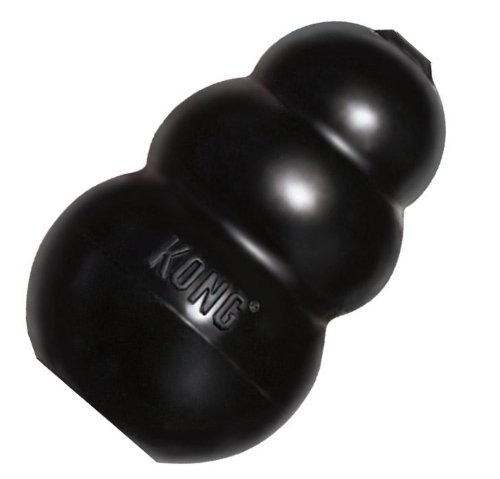 Dog Breed: Beagle Lab Mix
Dog hybrids are slowly becom
Dog Breed: Beagle Lab Mix
Dog hybrids are slowly becom
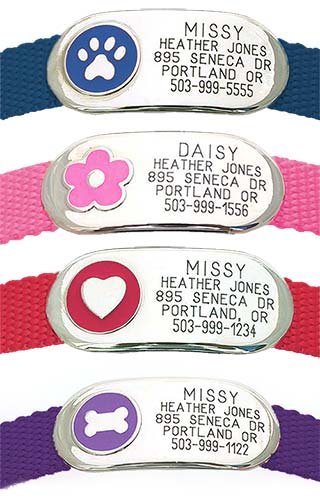 Name Tags for Dog Collars
For most people, our dogs ar
Name Tags for Dog Collars
For most people, our dogs ar
Copyright © 2005-2016 Pet Information All Rights Reserved
Contact us: www162date@outlook.com